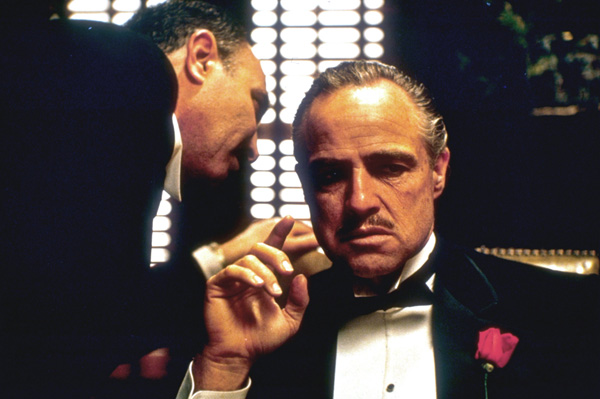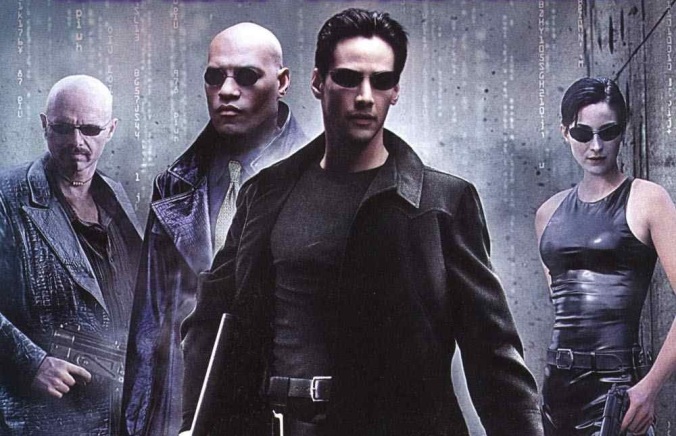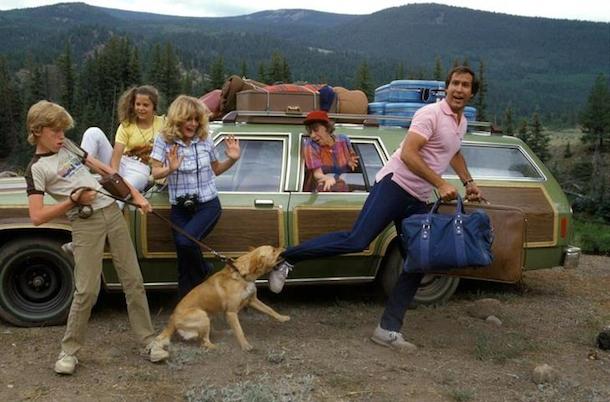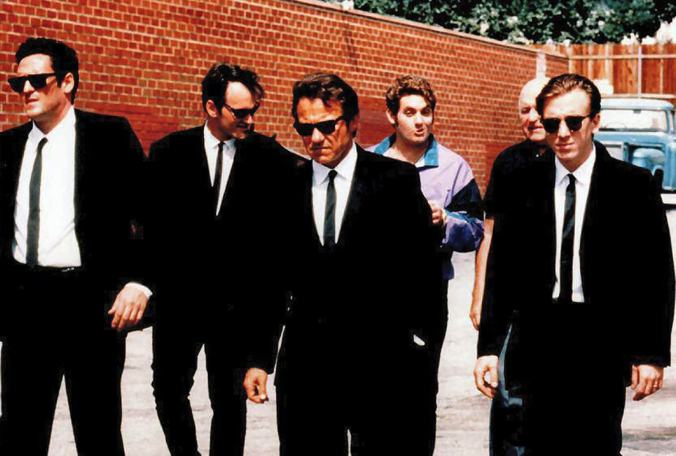 Not all films age gracefully. Over time the plot becomes dated, the characters seem less relatable, and the special effects and cinematography look old-fashioned. However, certain films — such as classics like “Casablanca” — manage to transcend that. They are both a product of their time and timeless, and they are still just as worth watching today as when they were first released.
Not all films age gracefully. Over time the plot becomes dated, the characters seem less relatable, and the special effects and cinematography look old-fashioned. However, certain films — such as classics like “Casablanca” — manage to transcend that. They are both a product of their time and timeless, and they are still just as worth watching today as when they were first released.
Another one of those films is Francis Ford Coppola’s “The Godfather.” Although it’s now more than 40 years old, the famous Mafia classic is still considered one of the best films ever made. It’s a story of violence and sacrifice, life and death, and love and loss. I watched it for the first time this week as part of my movie bucket list blogging project, and I can see why it won several Academy Awards. It remains a masterpiece.
(Warning: Spoilers ahead!)
Marlon Brando plays Vito Corleone, the patriarch — or “Don” — of a powerful New York crime family. Al Pacino plays his young son Michael, who resents his father’s involvement in the criminal underworld and wants no part in the family’s shady dealings. However, when an assassination attempt by a rival crime dynasty almost claims his father’s life, Michael faces a difficult choice and must decide what is more important: holding onto his standards and remaining detached from his family’s criminal ties, or defending his family and exacting revenge on the men who tried to harm his father. Michael chooses the latter, and his decision changes the course of his life forever.
Although “The Godfather” is a very well-known movie, I managed to avoid most of the spoilers and was able to watch this movie without knowing exactly what would happen. I was surprised when Don Corleone was gunned down fairly early in the film’s run time, because I had assumed he would be the main character. However, the film is actually more about his son Michael, who ends up having a fascinating character arc.
Michael becomes more like his father throughout the film. I was intrigued by the contrasts within their characters — they can both be cold and ruthless men, gunning down those who threaten the family. Yet they also have a sense of deep love for and loyalty to their families, and are willing to sacrifice their own safety to protect their loved ones. We realize just how much Michael has changed in the movie’s final scene, when his wife asks him whether he really did have his sister’s traitorous husband killed. Michael says no, but he, his wife — and we the viewers — know the truth. It’s a great ending to a great film.
The film has a solid ensemble cast, featuring performances from young actors who would go on to become major players in Hollywood, such as Pacino, Diane Keaton and Robert Duvall. The film is both violent and elegant, accompanied by a haunting score from Nino Rota that includes one of the now best-known movies themes. I recognized quite a few famous lines in the movie, such as “I’m gonna make him an offer he won’t refuse” and “It’s not personal, it’s strictly business.” “The Godfather” remains a powerful, well-made movie. My favorite scenes were watching the dynamics within the Corleone family and between the other Mafia leaders in New York, and the ending, where Michael lies to his wife about killing his sister’s husband but they both accept it, because the truth is dangerous. I thought that moment perfectly captured the theme of the film.
Well, “The Godfather” was technically the last of the films I mentioned as part of my original movie bucket list blogging project list, but I’ve had a lot of fun catching up on famous films and movie classics I hadn’t seen yet. I still have more films I could add to my list — such as “Ghostbusters” and “The Good, the Bad and the Ugly” — that I’m planning to review later on. Thanks for reading!
 Have you ever woken up suddenly in the middle of the night, startled from an extremely vivid dream? Your eyes snap open, but it takes a moment for your brain to fully regain consciousness and to distinguish between the dream and reality. It only lasts a few heartbeats, but it’s a disconcerting feeling, as your brain re-establishes what is real.
Have you ever woken up suddenly in the middle of the night, startled from an extremely vivid dream? Your eyes snap open, but it takes a moment for your brain to fully regain consciousness and to distinguish between the dream and reality. It only lasts a few heartbeats, but it’s a disconcerting feeling, as your brain re-establishes what is real. The family summer road trip is a time-honored American tradition, bringing back memories of loading up the luggage, piling into the car, and hitting the road for a trek across the country. While the Griswold family makes plenty of memories in the classic road trip comedy “National Lampoon’s Vacation,” unfortunately, none of those memories are good ones. They experience just about every possible vacation mishap, turning what was supposed to be a fun family bonding time into a nightmare.
The family summer road trip is a time-honored American tradition, bringing back memories of loading up the luggage, piling into the car, and hitting the road for a trek across the country. While the Griswold family makes plenty of memories in the classic road trip comedy “National Lampoon’s Vacation,” unfortunately, none of those memories are good ones. They experience just about every possible vacation mishap, turning what was supposed to be a fun family bonding time into a nightmare. Last week, I decided to start a new blogging project: reviewing some of the films on my “movie bucket list.” I’ve been keeping track of movies people have recommended to me and classics I haven’t seen, and one of the first items on my list was a film by Quentin Tarantino. I must confess that yes, I hadn’t ever watched a Tarantino film, and as a movie buff, I thought that was pretty much inexcusable. 😉 The majority of people I asked recommended I start with Tarantino’s first movie, “Reservoir Dogs.”
Last week, I decided to start a new blogging project: reviewing some of the films on my “movie bucket list.” I’ve been keeping track of movies people have recommended to me and classics I haven’t seen, and one of the first items on my list was a film by Quentin Tarantino. I must confess that yes, I hadn’t ever watched a Tarantino film, and as a movie buff, I thought that was pretty much inexcusable. 😉 The majority of people I asked recommended I start with Tarantino’s first movie, “Reservoir Dogs.”